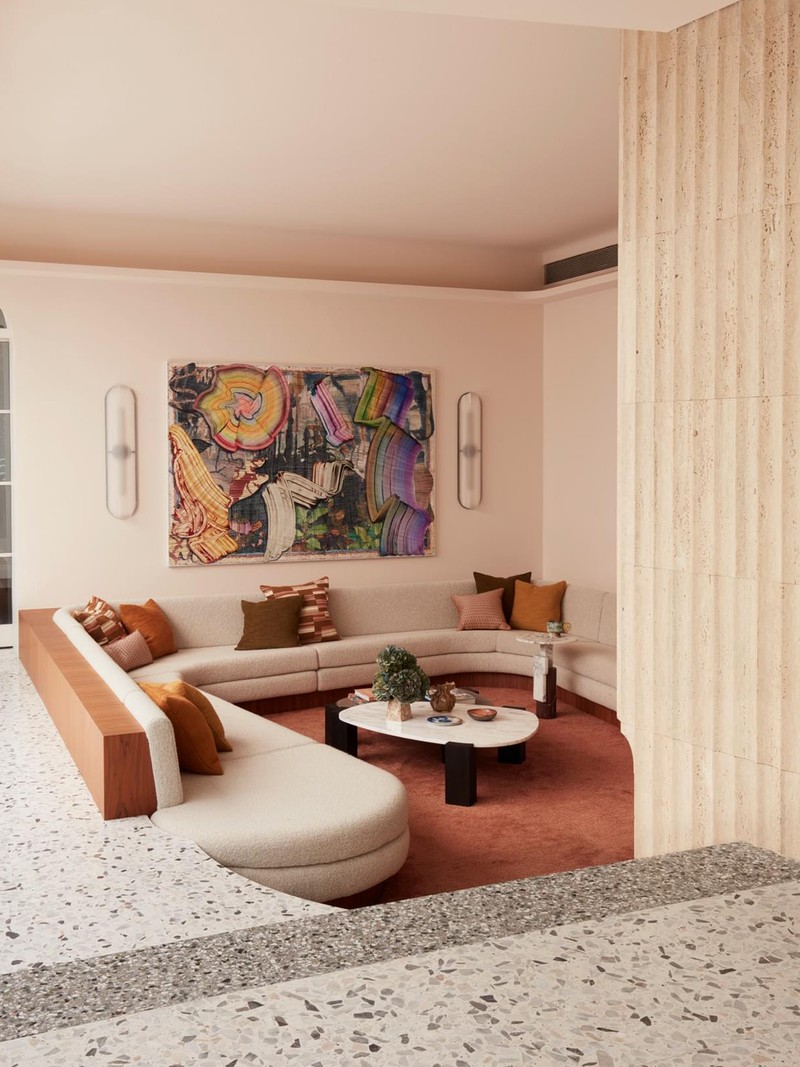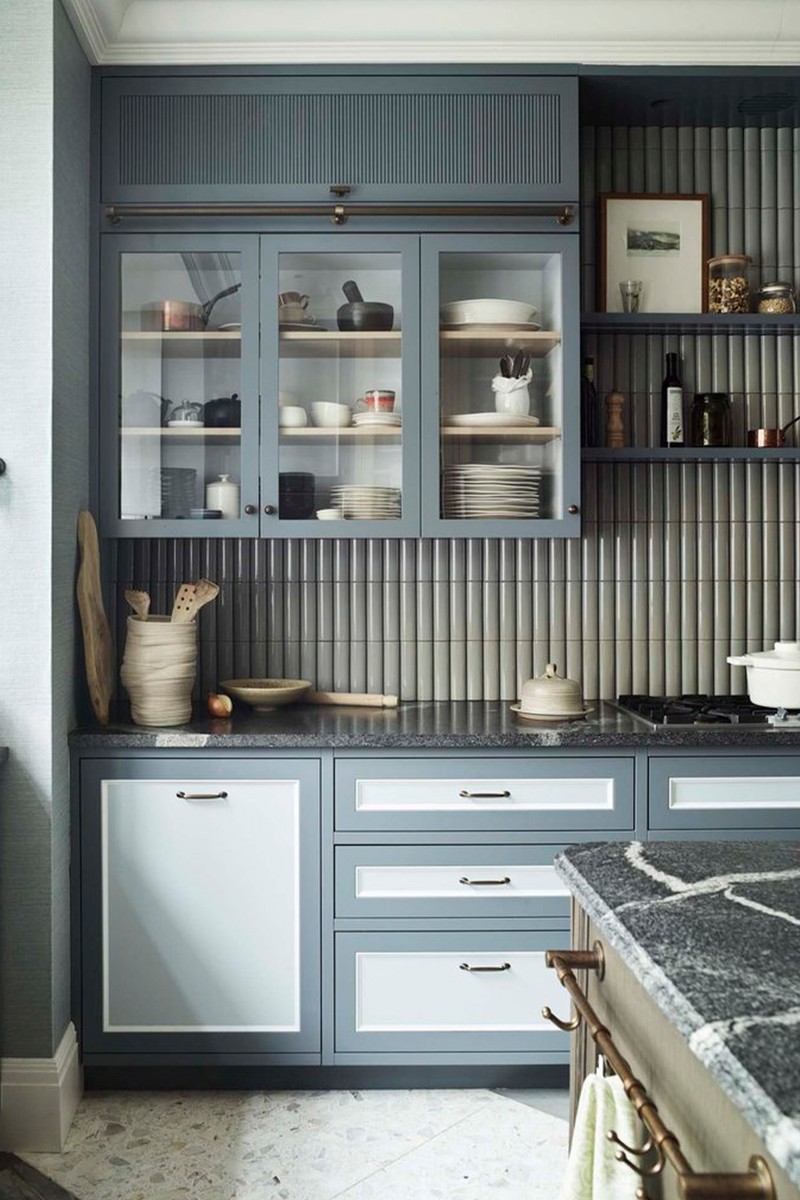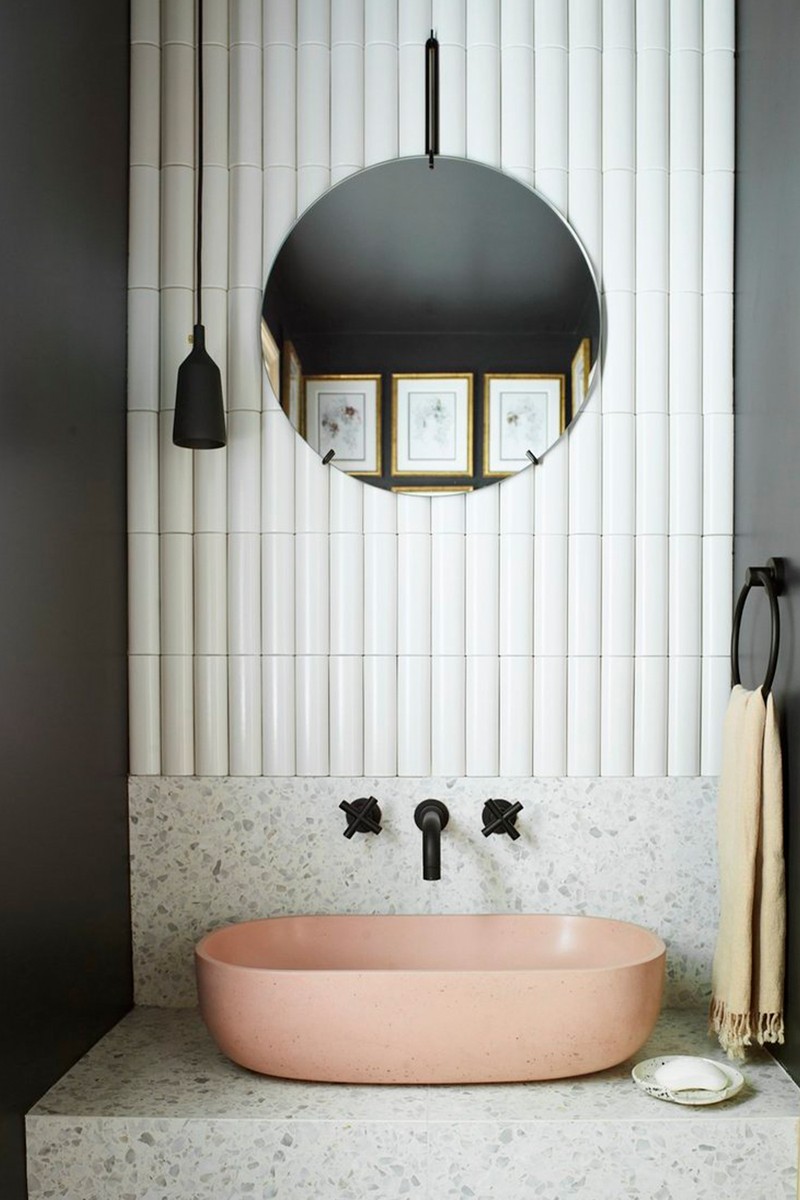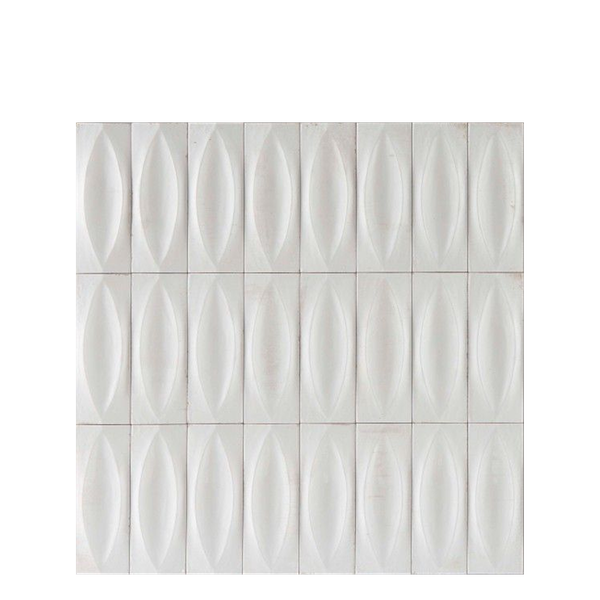How To Use Tiles For Texture In Your Home
Relief tiles are definitely becoming more popular – why is that?
“Mid-century design came back into vogue about a decade ago – a period when textured walls were all the rage – and this attraction for shape and tactile forms has filtered down into the mainstream consciousness. It also follows on from the trend for vertical tiling instead of classic metro or brick-bond, and the attraction to Japanese style kit-kat glazed mosaics.” – Rob Whitaker, Claybrook Studio
“They’re also a way to add dimension and subtly bring print into a scheme whilst nodding to the heritage of the property. We’ve seen more and more people investing in things that will last a lifetime.” – Chloe Vince, House Of Hackney
What are the most on-trend styles at the moment?
“As they do not need to be walked on, wall tiles can be rippled, convex, concave or lightly pitted. Fluted or ridged tiles are particularly popular currently – something we first saw in the refurbishment of hotels and higher-end bars and restaurants. The production of wall tiles allows for shape and two dimensions, sometimes by utilising moulds.” – Rob
What rooms do they work best in?
“Wall tiles are often used in bathrooms, kitchens and laundry rooms – their glazed nature makes them ideal for repelling water and wiping up any spills, while still adding visual appeal. These ridged and shaped tiles also look great on chimney breasts to add a little architectural feel. Bars and restaurants like to feature eye-catching materials, too, and these tiles are just the ticket.” – Rob
What style of interiors are they best suited to?
“Although the look now is often more elegant and tailored than utilitarian, we find adding a grid-like tile design is striking but not too overpowering, regardless of the style of the space. Often, they are used as part of schemes pairing more casual country with mid-European or international styles – think Beata Heuman or Luke Edward Hall with bold colours and an element of whimsy.” – Rob
How do you think they work best?
“Combining textures together works brilliantly, especially alongside a mix of colours. You can tile the space using a flat and texture tile in the same shade, creating a tactile wall, or use two shades to create a tactile chequerboard effect.” – Rob
“When looking at the tile layout, I love when the relief tiles are added irregularly amongst the plain tiles for interest – it just enhances the organic nature of the blooms. Whether you opt for a monochrome scheme for a subtle finish or opt for a more playful checkerboard layout, alternating between two colours will give you a more timeless look.” – Chloe
Do you stick to one colour or mix and match?
“Some of the shades of relief style wall tiles are just incredible. Our Tavolozza series, for example, has beautiful colours including an olive green and pretty pastel pink – lovely in bathrooms for creating a relaxed feel. Combining colours alongside the interesting shapes enables the tiling to potentially anchor a scheme rather than seem like an afterthought, but it could also be used as a single colour for impact.” – Rob
What kind of grouting should you use?
“It's best to opt for a coloured grouting which is sympathetic to the colour of the tiles. I believe it's best to steer clear of a bright white and opt for a warmer tone to complement not only the colour of the tiles but the hue of the room.” – Chloe
“Standard grout should be fine but check with the retailer. Be careful to guide your tiler that grout must be wiped from within the undulating ribbing of relief tiles or you could end up with more grout than tile. They will take longer to clean and finish than flat tiles.” – Rob
Are they easy to clean and maintain?
“There should be no more problems with these shaped tiles than flat ones. Follow supplier guidelines for cleaning, as all retailers should provide help and specific advice range by range. Ongoing maintenance should be the same as other glazed wall tiles.” – Rob
Finally, is there anything else to consider?
“Occasionally, tiles come on a mesh backing for ease of fitting, rather like smaller traditional mosaic. Scolpito is a case in point – a range that’s available in a series of colours in an eye-catching mix of moulded and flat décors all attached to the mesh. When tiled, they look like individual tiles across the wall.” – Rob
Visit ClaybrookStudio.co.uk & HouseOfHackney.com for more information.
SHOP THE PRODUCT EDIT
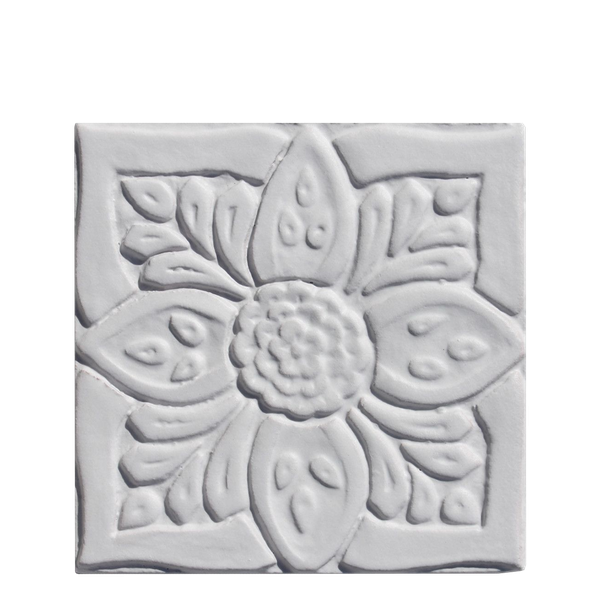

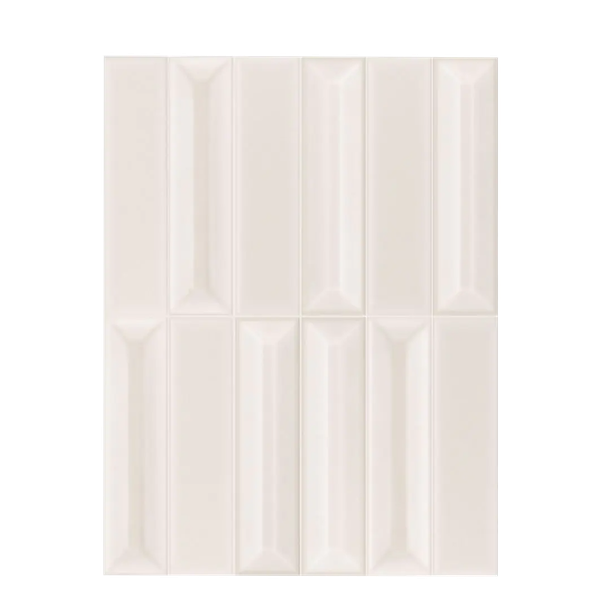
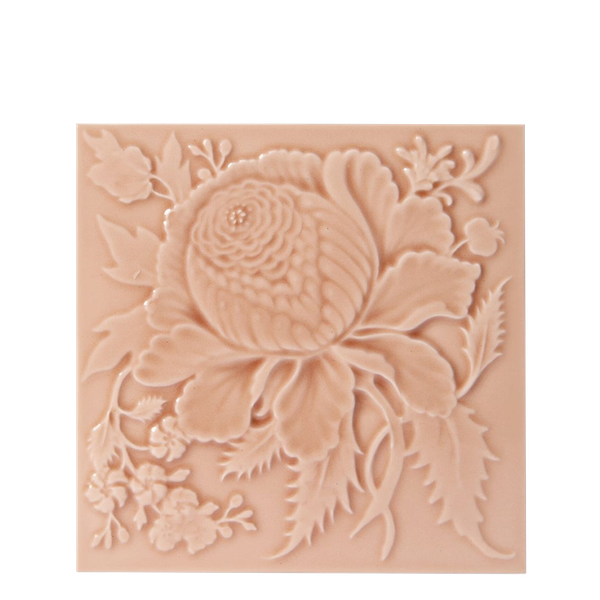
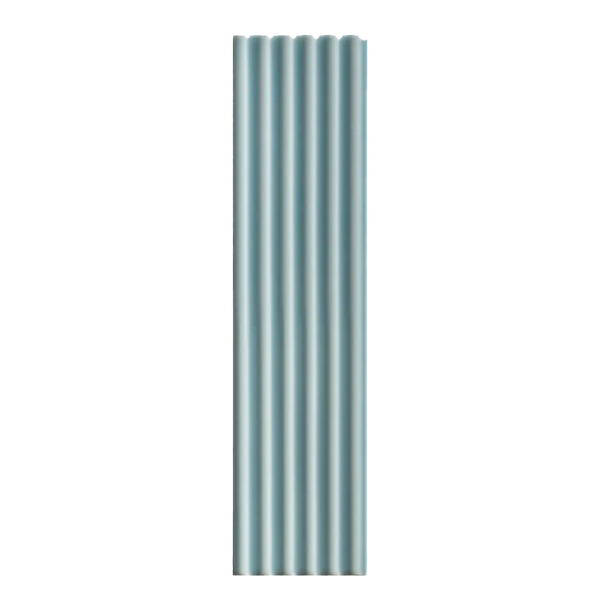
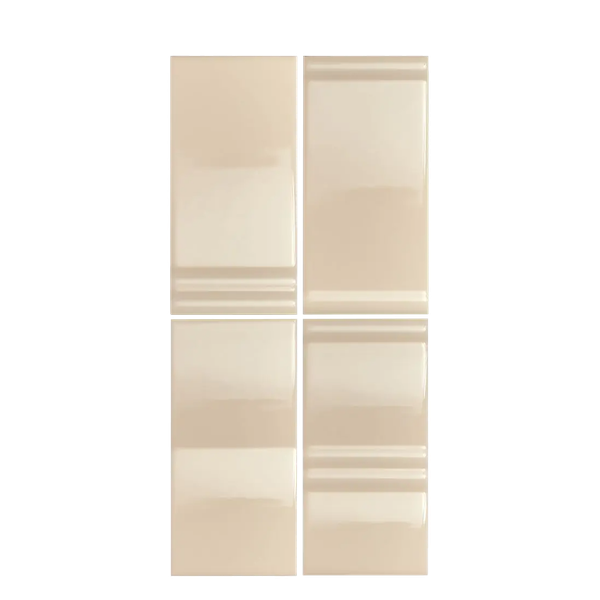
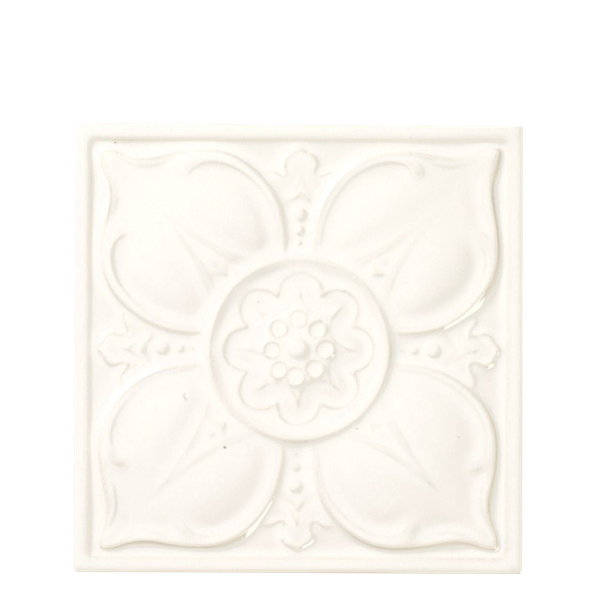
DISCLAIMER: We endeavour to always credit the correct original source of every image we use. If you think a credit may be incorrect, please contact us at info@sheerluxe.com.
